Tachibana-dera Temple, A Birthplace of Prince Shotoku
Asuka Village is famous for its historic temple and archaeological sites that tell the story of Japan’s infancy. Tachibana-dera Temple is one of the threads in the story of Asuka’s role as an ancient capital. From the birth of Japan’s legendary prince, Shotoku, to a mysterious orange tree, Tachibana-dera Temple is a great place for Japanese people–especially those interested in history.
Tachibana Temple
According to temple legend, the temple was once a villa for emperors Kinmei and Yomei. We also know for certain that in 572 C.E. Prince Shotoku was born in that very villa.
Perhaps most importantly, years later in 606 while Prince Shotoku was lecturing on Buddism in the villa when all of a sudden, lotus petals suddenly began falling from the sky and the prince’s crown started to shine brightly. Needless to say, this miraculous display astonished Empress Suiko. Shortly thereafter, the empress ordered Shotoku to build Tachibana-dera Temple.
Tachinbana-dera Temple was a huge temple at one time, but fires in 1148 and again in 1566, destroyed the pagoda and much of the temple grounds. It was only in the end of the Edo Period that the temple was rebuilt.
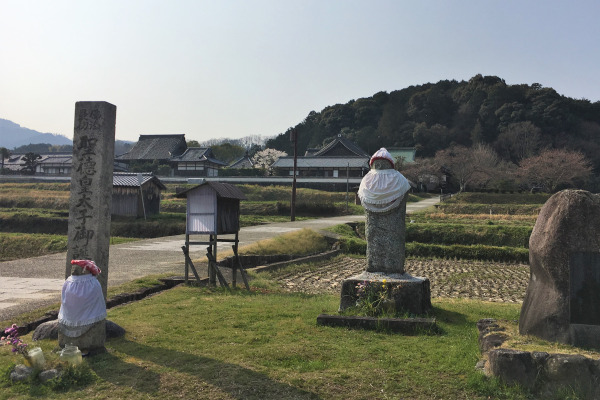
This place, and ultimately the temple, is famous for its tachibana tree, a kind of orange tree. The Nihon Shoki tells the story of how that tachibana tree came here and is as follows;
Once upon a time, Emperor Suinin order a man named Tajimamori to go to the Underworld to bring back the fruit of immortality. He obeyed and ventured out on a treacherous journey to the world of the dead. Through perils untold he succeeded and brought back the tachibana fruit.
However, around the time he came back, the emperor had already died. Feeling as though he had somehow failed his emperor, Tajimamori killed himself in front the emperor’s grave. The tachibana he brought back was planted in what would later become Tachibana Temple.
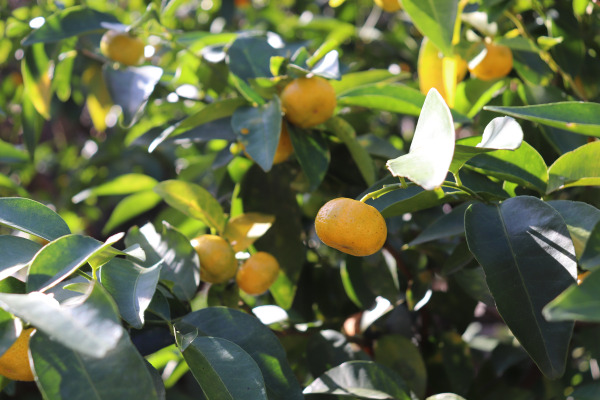
Tachibana tree is in Tachiban Temple. Tachibana trees were once very common in Japan but now are a step away from extinction. I don’t think tachibana is edible, maybe which is why tachibana is few and far between.
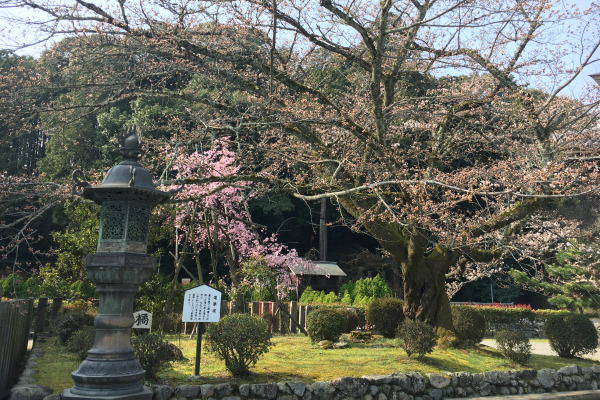
As mentioned earlier, the temple’s pagoda burned down centuries ago and was never rebuilt. You can find the site of the pagoda next to the bell tower on the temple grounds.
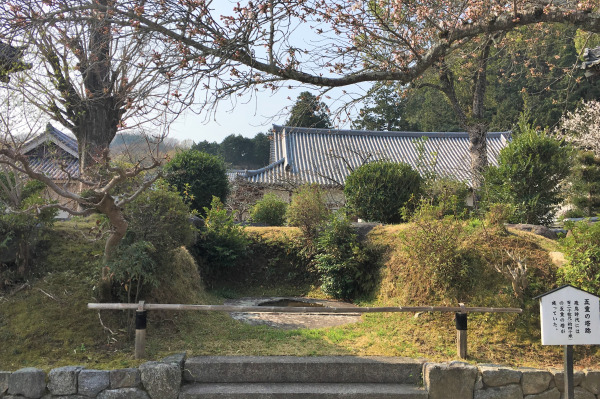
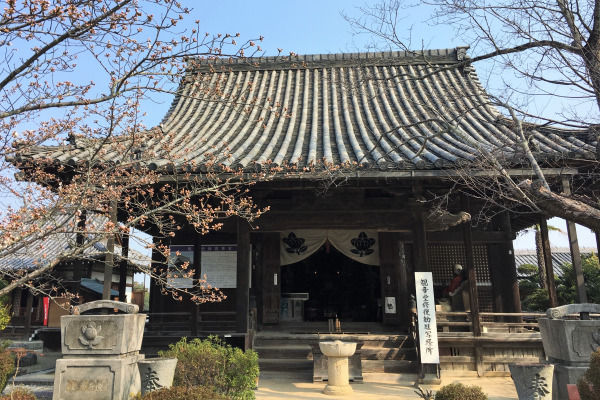
Hondo
The current hondo was built in 1864 and enshrines a statue Taishi Shoman-kyo Kosan Zo [太子勝曼経講讃像] from the Muromachi Period. This represents PrinceShotoku lecturing on Buddism in the villa to Emperor Suiko.
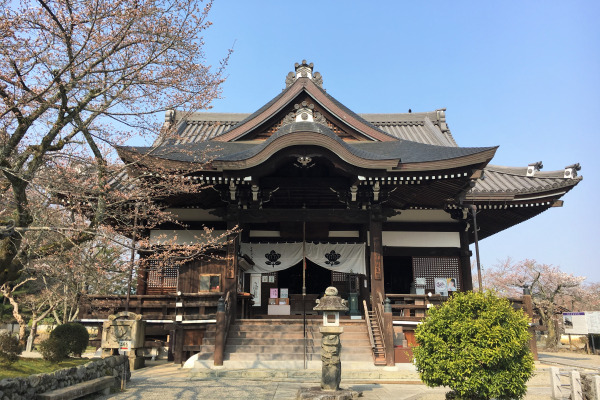
To the left of the hondo is the nimenseki. This mysterious two-faced stone from the Asuka Period predates all of the current buildings in the temple. Though we are not completely sure, most people believe the stone conveys the duality of man; good and evil.
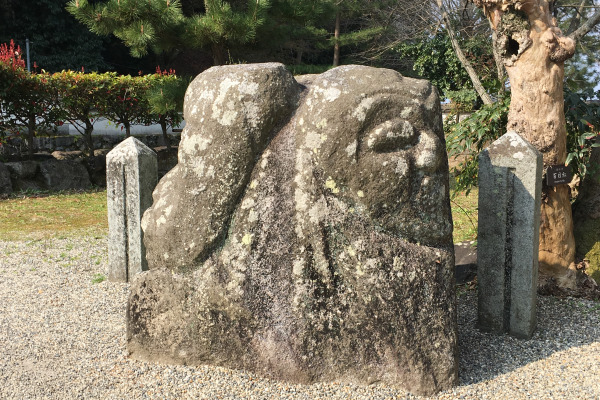

Leave a Reply